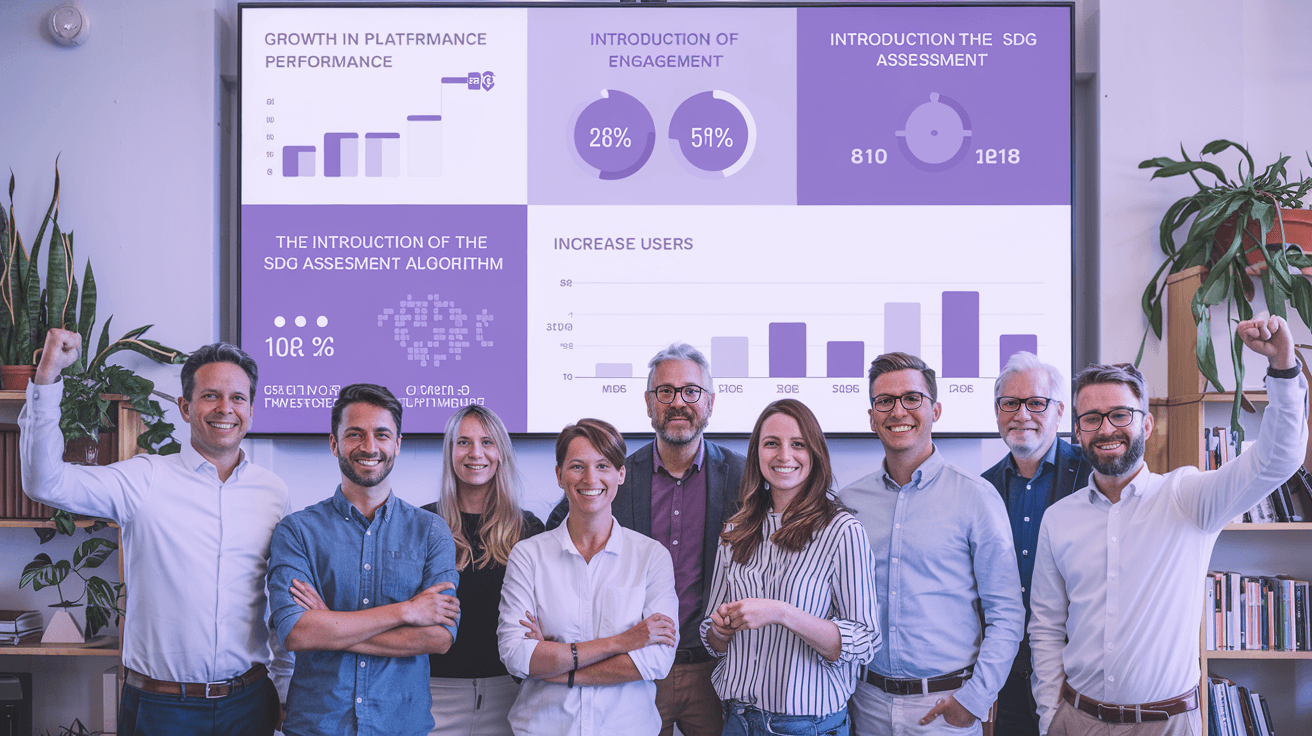
Mark Dusseau
Oct 30, 2024
Social enterprises are all about finding that balance—mission meets sustainable growth—and scalability is huge in making it work. With SaaS (Software as a Service) solutions on the rise, these organizations now have the tools to boost their impact like never before. For social enterprises, building scalable SaaS solutions isn’t just about tech; it’s about putting people first, integrating seamlessly with what’s already in place, and keeping things cost-effective. This article dives into the essentials of designing SaaS for social good, so these transformations are impactful and built to last.
Key Points to Take Away
Scalable SaaS is essential for social enterprises to grow and make a lasting impact.
User-centric design means the software meets unique challenges that social enterprises face.
A scalable infrastructure lets the tech adapt as the organization’s needs grow, handled through smart engineering.
Integrating easily with existing systems keeps things smooth and productive.
Focusing on cost-effectiveness makes SaaS a sustainable choice that doesn’t compromise mission.
What Social Enterprises Need Most
Social enterprises are a different breed—they’re trying to solve big societal issues and keep financially sustainable at the same time. Their needs look different from other organizations, and understanding this is the first step in designing solutions that work.
Most social enterprises have tight budgets, so they need affordable tools that don’t sacrifice quality. SaaS for them needs to handle current processes and grow along with demand. Flexibility matters, too; the best solutions can be customized and work for all users, no matter their tech background.
Social enterprises also need transparency and accountability baked in. Stakeholders want clear reporting on the impact, so strong reporting features are non-negotiable. Collaboration tools are important, too, to engage communities and partners in real time.
Then there’s integration. Many social enterprises rely on older systems, so new SaaS solutions need to connect with what’s already there without major disruptions. Finally, data security is key—protecting sensitive data and complying with privacy rules is non-negotiable.
Designing with these needs in mind opens up opportunities to innovate and support social enterprises as they work to make a difference.
Designing for the People Who Use It
Building SaaS that’s user-centric is about making life easier, not harder, for people. Social enterprises are usually diverse, with users of all skill levels, so the design has to be intuitive and accessible for everyone. The best way to start? Talk to users from different backgrounds and understand their specific needs.
User-centered design is about iteration—building a bit, testing with real users, and refining it based on their feedback. For social enterprises, it’s especially important that design is inclusive because they often work with vulnerable communities.
Customization options also help make the software more relevant and effective. Out-of-the-box solutions that allow quick wins while leaving room for customization are often the best fit, empowering social enterprises to focus on their goals.
Building Architecture that Scales
If the mission is about creating real change, then the software needs to be able to keep up as the organization grows. Scalable architecture is key. Cloud architecture, for example, allows a SaaS to expand as more users come on board, freeing up the team to focus on what matters most without worrying about capacity issues.
A multi-tenant model can also be a smart choice. It lets multiple users share the same application securely, making it efficient and budget-friendly—important for social enterprises. And by using microservices architecture, each part of the application can scale independently, adapting as needed without impacting the entire system.
Keeping customization in mind ensures the SaaS solution can meet diverse needs as they evolve. This focus on architecture lets social enterprises get the most out of their software while driving real impact.
Smooth Integration with What’s Already There
Introducing new tools should feel seamless. Social enterprises often have systems that have been in place for years, so new SaaS tools need to work smoothly with those systems.
Understanding Existing Systems: It’s essential to know what’s in place first. Take time to map out workflows, dependencies, and data flows, getting input from IT and other stakeholders.
Interoperability: The magic here is in compatibility, ensuring that new SaaS tools talk easily with existing systems, often using APIs to avoid data silos.
Keeping Things Steady: Phased rollouts work well—starting with essential parts of the software and adding on gradually so teams can adjust without disrupting operations.
Training and Collaboration: Proper training and support make sure everyone’s on board and ready to use the new tools effectively.
Balancing Cost with Long-Term Impact
To make SaaS solutions sustainable, social enterprises need to balance tech with affordability. Here are a few ways to do that:
Cloud-Based Infrastructure: Providers like AWS or Google Cloud offer scalable options that adjust with your needs, keeping costs manageable.
Open Source: Free, community-supported tools can often get the job done just as well as proprietary software.
Modular Design: A modular approach means you can update one piece without a complete overhaul, keeping costs low.
Smart Resource Management: Load balancing and caching can help with performance and reduce resource use, which keeps costs down.
Financial Checkups: Regular audits make sure spending stays aligned with growth goals, focusing resources on impact rather than unnecessary upgrades.
The goal is to create scalable solutions that stay affordable, allowing social enterprises to stay focused on the real mission: making a difference.
By keeping scalability, user experience, and integration front and center, these SaaS solutions give social enterprises a real chance to grow, adapt, and make lasting change. Technology that’s aligned with mission-driven goals isn’t just about efficiency; it’s about amplifying impact and building sustainable paths forward.



